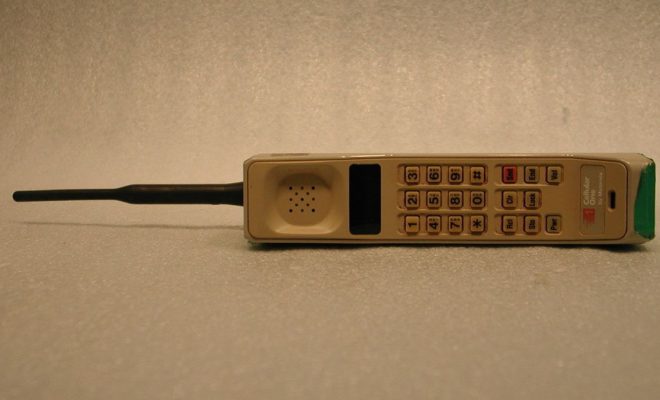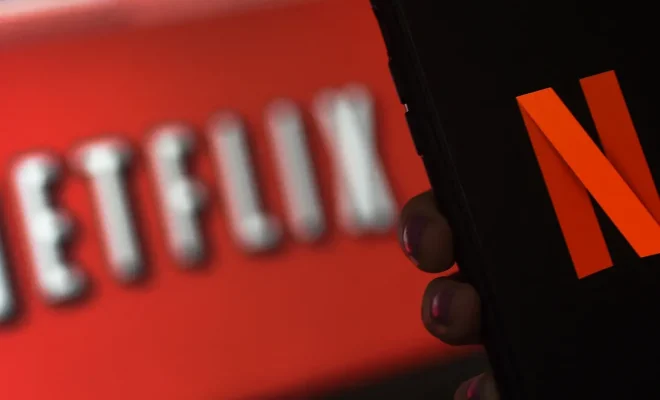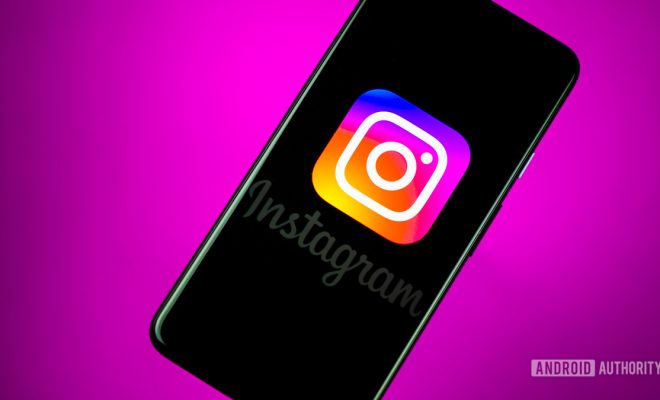A Brief History of the World’s First Cell Phones

The world’s first cell phones were created in the 1970s by a team at Motorola, led by Martin Cooper. These early cell phones were large and cumbersome, not to mention expensive, but they marked the beginning of a new era in telecommunications.
The first cell phone call was made on April 3, 1973, when Cooper called Joel Engel, his counterpart at Bell Labs. The call was made on a prototype cell phone known as the DynaTAC, which stood for Dynamic Adaptive Total Area Coverage. The DynaTAC was a brick-like device that weighed over two pounds and cost approximately $3,995 (equivalent to roughly $10,000 today).
The DynaTAC was not commercially available until 1983, when Motorola released the first iteration of the phone to the public. Although it was still expensive (costing around $3,000), it was much more accessible than its predecessor.
Around the same time, other companies began to develop their own cell phones. The first successful phone in Japan was the NTT Docomo, released in 1979. The first commercial mobile phone network was launched in 1981 by Nordic Mobile Telephone (NMT), which was a joint venture between the Scandinavian countries.
Throughout the 1980s and 1990s, cell phones continued to evolve rapidly. In 1989, Motorola released the MicroTAC, which was smaller and more affordable than the DynaTAC. The early 1990s saw the introduction of digital cell phones, which allowed for clearer calls and longer battery life.
By the late 1990s, cell phones were becoming more common and affordable. Nokia released the popular 5110 in 1998, which featured customizable covers and text messaging capabilities. The first camera phone was released in Japan in 2000, and smartphones began to emerge in the early 2000s.
Today, billions of people around the world use cell phones on a daily basis. The technology has become so advanced that it is capable of much more than just making phone calls. Smartphones can store vast amounts of data, connect to the internet, and run a wide variety of apps.






